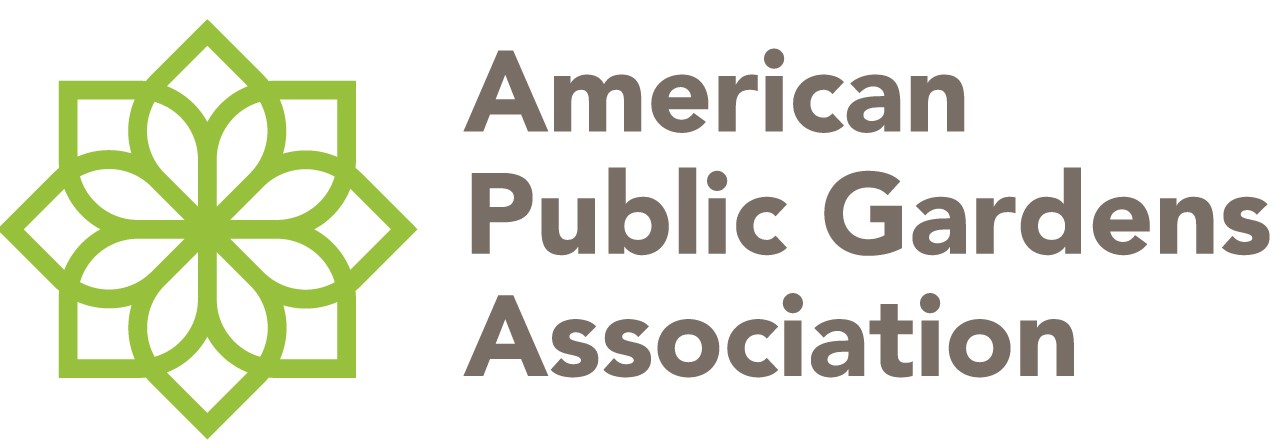The Connecticut College Arboretum was established in 1931 as a place to grow and display native plants at a time when exotic plants were more valued in the gardening world. The arboretum was open for the enjoyment of the public and used for teaching by the college’s botany department. The focus was to assemble only those trees, shrubs, and woody vines that are native to eastern North America which can be grown successfully in southeastern Connecticut. Our southern New England climate is well suited for native azaleas. Bordered by Long Island Sound to the south, New London is in USDA Plant Hardiness Zone 6B.
Our earliest native azalea accessions date from 1947. Rhododendron viscosum (swamp azalea) was collected in a sphagnum swamp near Little Pond, Thompson CT, September 1, 1947 by Richard H. Goodwin, arboretum director. Our collection includes three Connecticut native species represented by plants that were locally wild-collected: R. periclymenoides (pinxterbloom azalea), R. prinophyllum (roseshell azalea), and R. viscosum (swamp azalea).
During the 1970s, the native azalea collection was expanded considerably by Connecticut College Botany Professor Emeritus Sally Taylor. With a deep appreciation for native azaleas, Sally would often return from personal travel with her car full of plants that she had purchased for the arboretum. When a donor stepped forward in 1978, the Nancy Moss Fine Native Azalea Garden was established.
Our native azalea collection will be expanded with an emphasis on wild-collected plants with known provenance. All future acquisitions will be from documented wild sources; unless there is a compelling reason to make an exception. Over time we plan to obtain multiple acquisitions of each species from varying parts of their range to ensure broad genetic representation.









